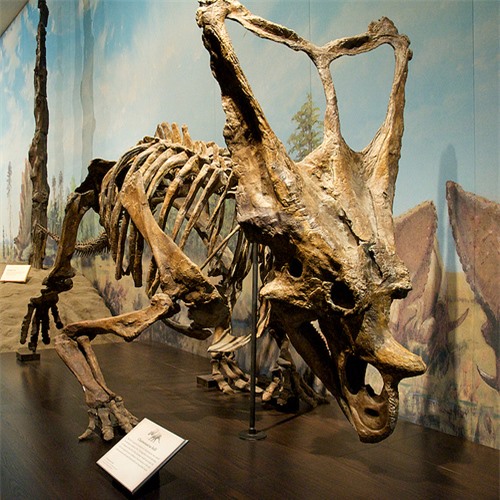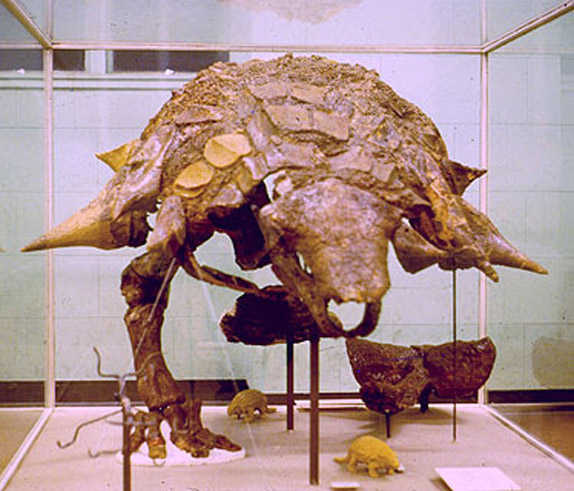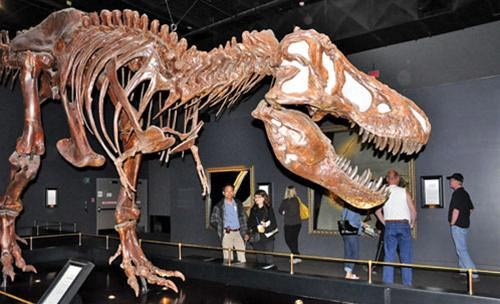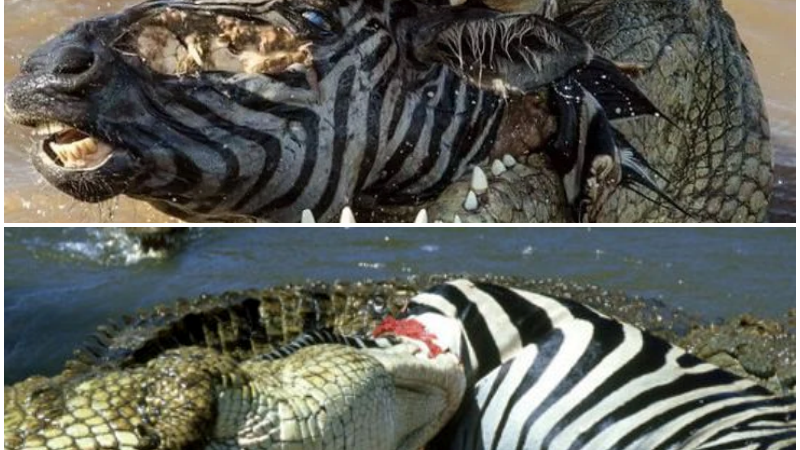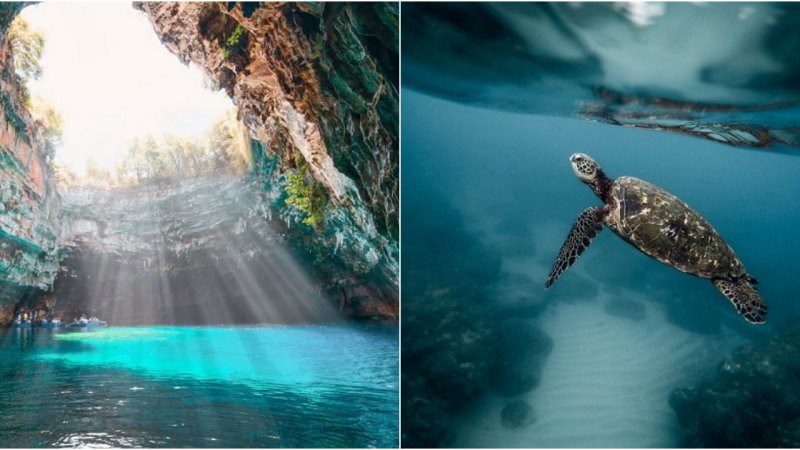Dinosaur Provincial Park – World Natural Heritage Site in Canada
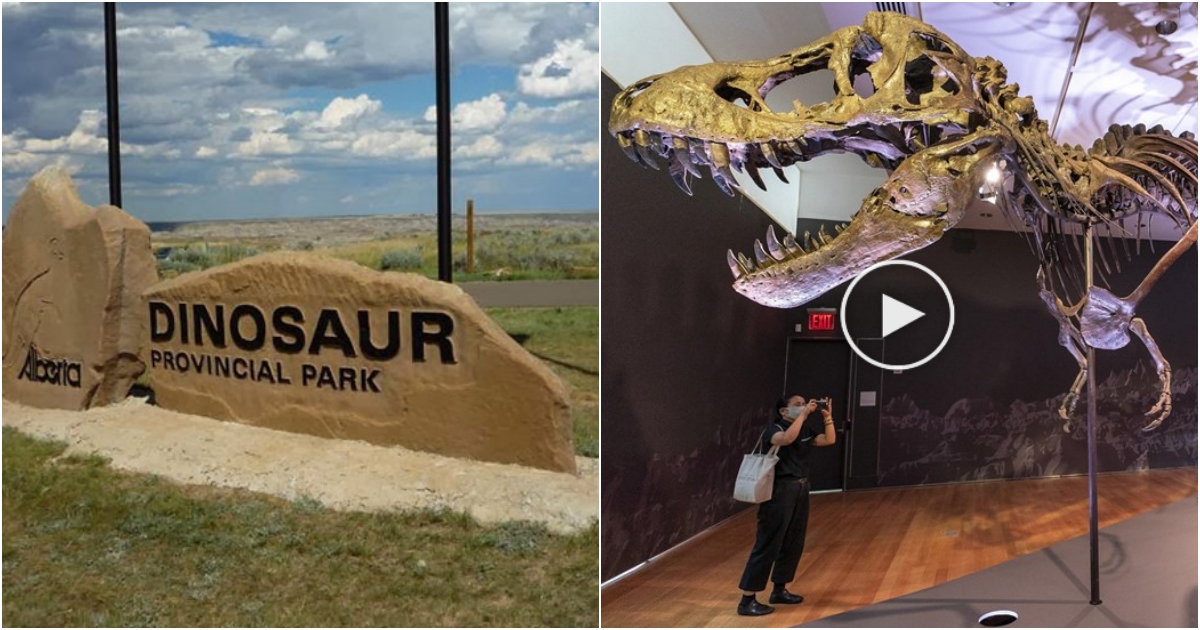
Dinosaur Provincial Park, located in the province of Alberta, Canada, approximately 48 km northeast of Brooks, is recognized as a World Natural Heritage Site by UNESCO’s Scientific and Educational Organization since 1979. The park’s rugged terrain is typical of the North American region, situated within the Red Deer River Valley, known for its dry and hot conditions. Dinosaur Provincial Park is renowned for its vast number of dinosaur fossils, with approximately 45 dinosaur species discovered and thousands of fossil specimens unearthed. Over 500 of these specimens are currently exhibited in dinosaur museums worldwide, with the most precious ones being the 150 complete dinosaur skeletons assembled from fossils found within the park.
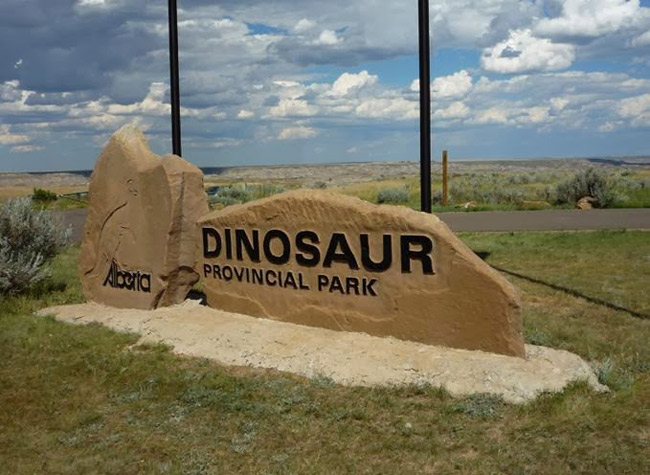
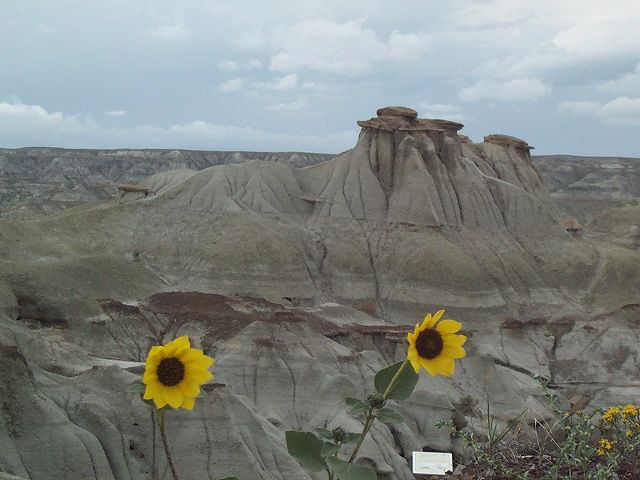 This special soil layer was formed over millions of years by the remains of large organisms, ranging from amphibians to reptiles. When these creatures died, their bones were buried under the ground and mud. Over thousands of years, these bones transformed into fossils such as sandstone and soft shale. The compounds derived from the remains of these large animals have transformed the soil into the clay layer observed today. The complete fossils discovered during excavations at Dinosaur Provincial Park are now exhibited in museums worldwide.
This special soil layer was formed over millions of years by the remains of large organisms, ranging from amphibians to reptiles. When these creatures died, their bones were buried under the ground and mud. Over thousands of years, these bones transformed into fossils such as sandstone and soft shale. The compounds derived from the remains of these large animals have transformed the soil into the clay layer observed today. The complete fossils discovered during excavations at Dinosaur Provincial Park are now exhibited in museums worldwide. 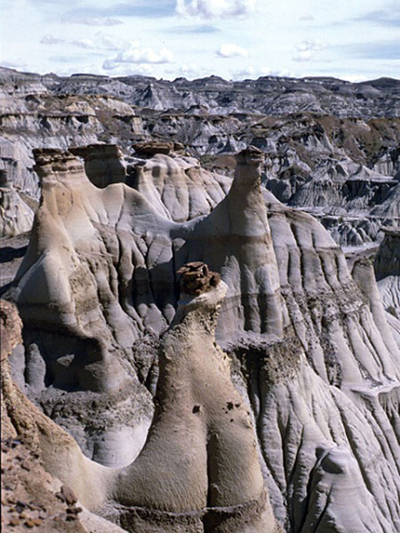 Approximately 15,000 years ago, the area was a flat expanse covered by a 600-meter-thick ice sheet. During the ice age, the melting ice created water channels and small streams on rock walls. The fertile land then formed a near-tropical forest habitat for a wide range of large and small animal species. However, today the region is arid, characterized by the climate typical of North America. Numerous research and excavation projects have been conducted at the dinosaur park, with the 1979-1991 initiatives yielding a total of 23,347 fossil specimens. Among the 300 dinosaur skeletons discovered, 150 are complete and considered invaluable assets displayed and preserved in 30 museums worldwide. Additionally, paleontologists have also found fossil specimens of various guest species such as turtles, fish, amphibians, and marsupials.
Approximately 15,000 years ago, the area was a flat expanse covered by a 600-meter-thick ice sheet. During the ice age, the melting ice created water channels and small streams on rock walls. The fertile land then formed a near-tropical forest habitat for a wide range of large and small animal species. However, today the region is arid, characterized by the climate typical of North America. Numerous research and excavation projects have been conducted at the dinosaur park, with the 1979-1991 initiatives yielding a total of 23,347 fossil specimens. Among the 300 dinosaur skeletons discovered, 150 are complete and considered invaluable assets displayed and preserved in 30 museums worldwide. Additionally, paleontologists have also found fossil specimens of various guest species such as turtles, fish, amphibians, and marsupials. 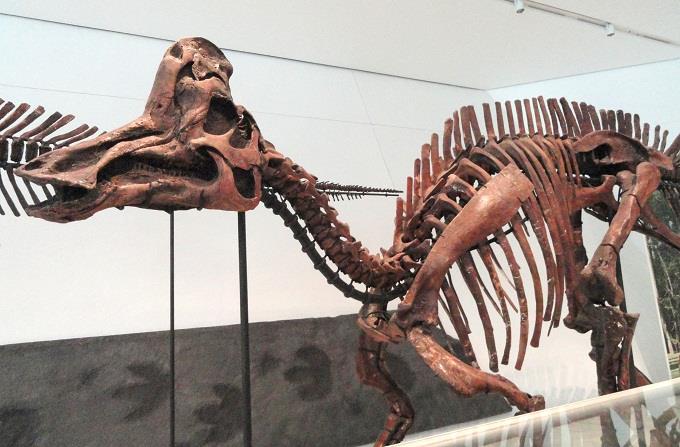 Dinosaur Provincial Park remains a habitat for numerous animal species and is a renowned tourist destination in Canada. Animal and plant biologists have identified over 150 bird species, including those classified as critically endangered, such as the golden eagle, ferruginous hawk, and grasshopper sparrow. Furthermore, the park is home to a semi-arid plant ecosystem that is also threatened by climate change and adverse weather conditions.
Dinosaur Provincial Park remains a habitat for numerous animal species and is a renowned tourist destination in Canada. Animal and plant biologists have identified over 150 bird species, including those classified as critically endangered, such as the golden eagle, ferruginous hawk, and grasshopper sparrow. Furthermore, the park is home to a semi-arid plant ecosystem that is also threatened by climate change and adverse weather conditions. 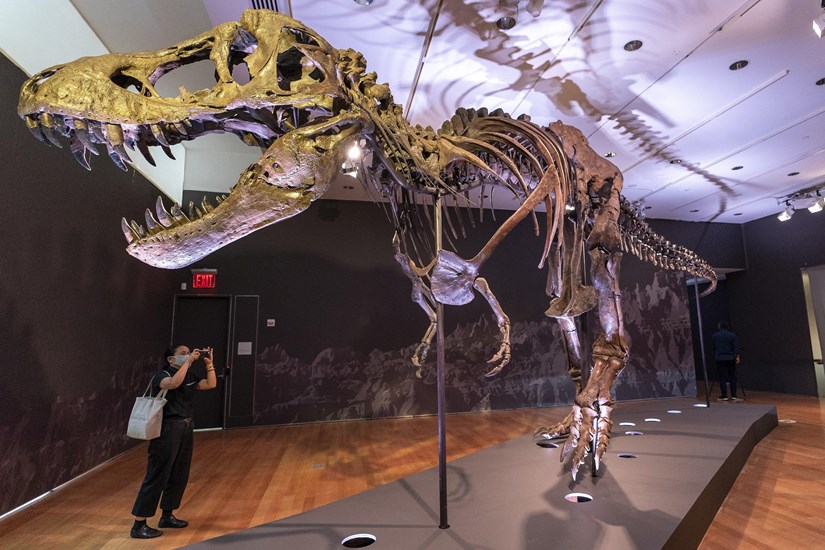
Dinosaur Provincial Park in Alberta, Canada, was recognized by UNESCO under criteria (vii) and (viii).
Criterion (vii): The dinosaur park showcases remarkable evidence of geological changes, from the erosion of river valleys to the transformation into semi-arid grasslands. These formerly desolate lands have now become a unique natural landscape of exceptional beauty.
